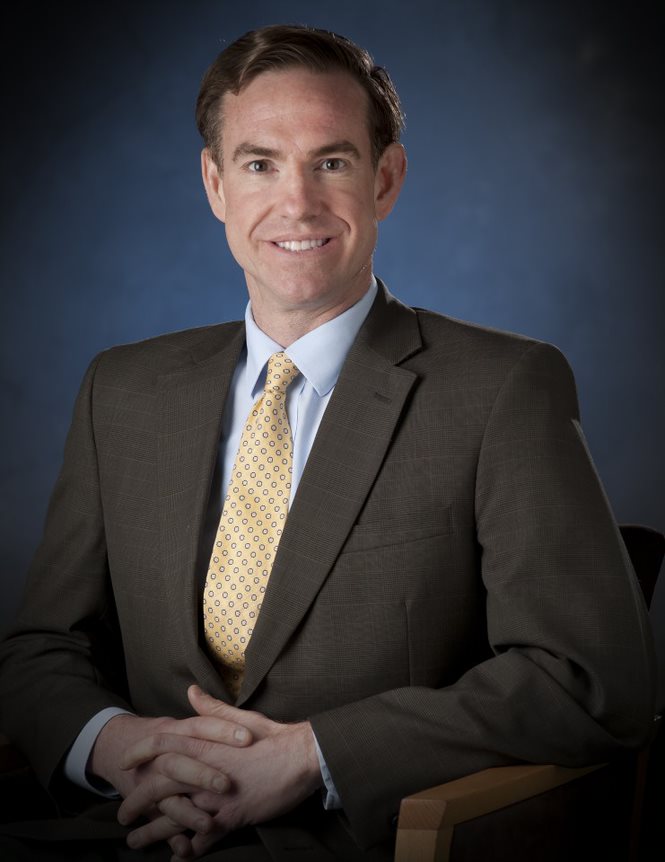My Back Hurts! Can Minimally Invasive Surgery Help?
May 5, 2021
By: Bryan Barnes, MD
Categories: Healthy Living
Q and A with Bryan Barnes, MD
Question: Is minimally invasive spine surgery the right choice for me?
I have sciatica and a back problem. I have tried a lot of treatments without success. I’m thinking about back surgery, and I have read about something called “minimally invasive spine surgery.” Is this the right choice for me, and is it really any different from (or better than) “regular” back surgery?
Answer: This question has a VERY complicated answer! The fact is that a majority (greater than 85%) of people with back problems do NOT need any surgery. Back surgery can only help people with very specific back problems, and usually only after months of other treatments like physical therapy or spinal steroid injections have failed to provide the results the patient needs.
When it is appropriate to consider surgery, numerous less invasive – or “minimally invasive” – techniques can be used to help you to recover faster when you do have surgery. However, minimally invasive techniques are not appropriate for every patient. Whether they are the right choice depends on the patient’s specific problem.
Question: What are some examples of situations where minimally invasive surgery might be appropriate?
Answer: Let’s look at two conditions in the lower back that sometimes can be treated with minimally invasive spinal surgery. In many cases, patients can even go home the same day!
Lumbar disc herniation or bulge
A pea-sized piece of cartilage between two back bones can break loose and pinch a nerve in your back. In addition to back pain, this condition will cause sciatica – a shooting pain down a leg or into your buttock or both. If other treatments fail, some patients can undergo an outpatient (same day) surgery using a less than 1-inch incision and a microscope.
This procedure is called a minimally invasive microdiscectomy. It is minimally invasive because it requires such a small incision and uses miniaturized tools instead of standard surgical instruments. Most patients are up and walking within hours and in most cases back to normal activity within three weeks. Ninety-five percent of patients report excellent results with this simple yet effective procedure.
Misalignment of backbones
This condition is referred to as “spondylolisthesis”. The symptoms may be the same as a lumbar disc bulge or herniation – back pain, buttock pain, and/or leg pain – but it’s caused by two bones in the back (vertebrae) slipping out of alignment, which can pinch the nerve bundle.
When physical therapy or injections don’t work, minimally invasive surgery can be used for many patients. Recent studies have shown a greater than 90% success rate when the misalignment between two backbones is stabilized by placing implants into the misaligned backbones to hold them together.
Believe it or not, the placement of these implants to hold the vertebrae together can be accomplished through two separate 1-inch-long incisions – and most patients can still go home the same day. Recovery has been proven to be significantly faster than traditional open incisions – by as much as 3 to 6 weeks.
Georgia Neurological Surgery & Comprehensive Spine Can Help
St. Mary’s Health Care System has a team of spinal surgeons who have been specially trained in, and routinely use, minimally invasive techniques. Although minimally invasive back surgery is not right for everyone, you should talk to a team who specializes in this type of procedure when considering your options.
For more information, first talk with your primary care physician. If they recommend a specialist, the neurosurgeons at Georgia Neurosurgery and Comprehensive Spine have years of experience in non-surgical and surgical treatment for back and neck pain.

About Bryan Barnes, M.D.
Dr. Bryan Barnes is a fellowship-trained, board certified neurosurgeon with Georgia Neurological Surgery & Comprehensive Spine. He focuses on outpatient spine surgery and minimally invasive techniques. He has three U.S. patents pending for spinal implants and minimally invasive spinal systems, and recently completed a textbook chapter on robotic spine surgery. Other areas of clinical interest include redo spine surgery, spinal tumors, and spinal trauma.
